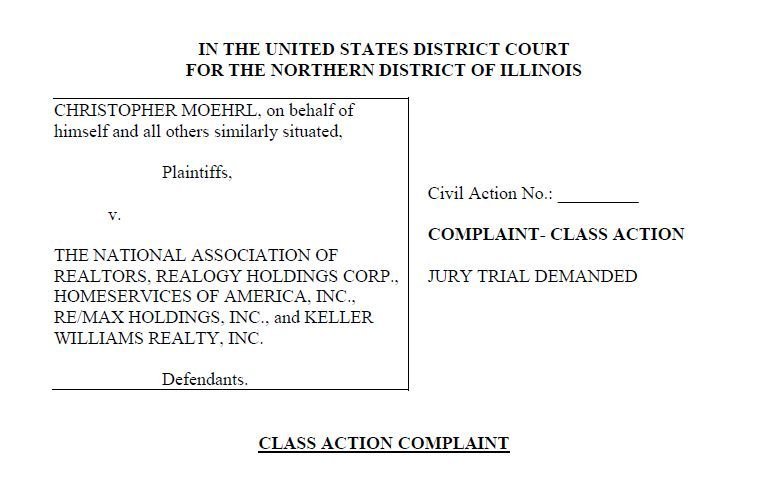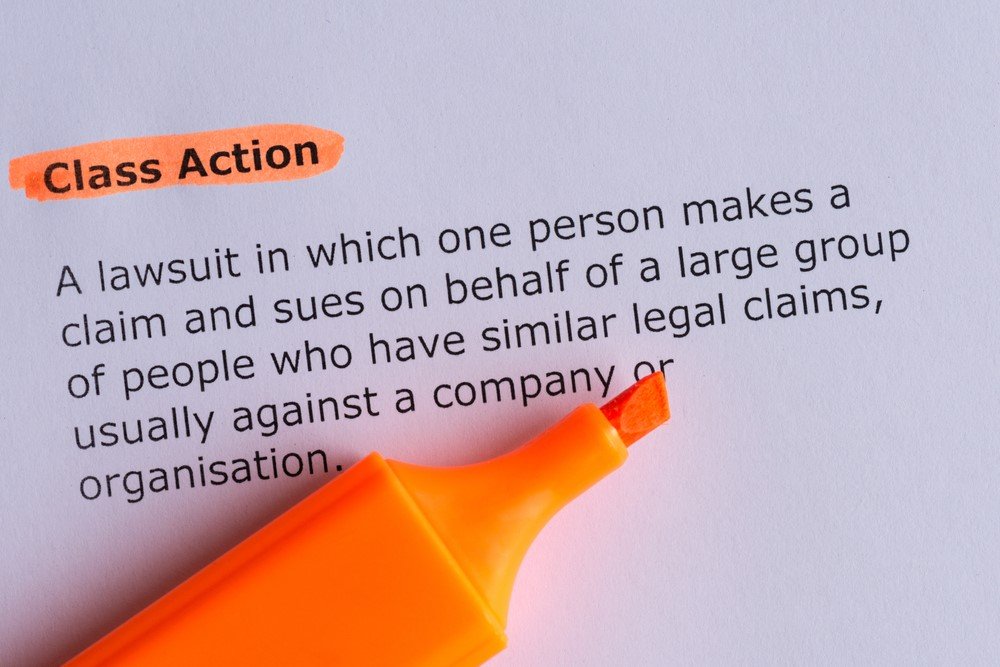Demystifying Class Activity Lawsuits: A Closer Take A Look At Lawful Proceedings
Class activity suits can be intricate and intimidating, commonly shrouded in a veil of secret for those strange with the legal proceedings involved. However, acquiring a deeper understanding of these claims is crucial, as they work as a powerful device for individuals to look for justice and hold companies liable. In this discussion, we will certainly demystify course action legal actions, taking a better check out the various elements of the lawful proceedings. From recognizing the requirements for course action eligibility to the duty of course representatives, and from the procedure of class certification to the resolution of these suits, we will untangle the details and shed light on the inner functions of this legal system. Let's dive into the world of course action lawsuits and uncover the intricacies that lie beneath the surface area.
Understanding Course Action Lawsuits
Recognizing Class Action Claim needs an extensive exam of the lawful procedures included in collective lawsuits. Course activity claims are a sort of legal activity where a team of individuals with comparable cases or grievances join with each other to launch a lawsuit against a common offender. This form of lawsuits enables individuals with restricted sources to collectively seek justice, as it combines the toughness of numerous specific cases right into a single lawsuit.
The procedure starts with the identification of a lead complainant or class agent that files the initial complaint in support of the entire class. The court then establishes whether the instance satisfies the needs for class qualification, that include commonality, numerosity, typicality, and competence of depiction. If certified, the court notifies possible course members, providing an opportunity to opt-out if they desire to pursue their insurance claims independently.
Once the class is certified, the litigation continues via various stages, consisting of exploration, motion practice, and, if required, trial. The result of the legal action can cause a settlement or a judgment, which is binding on all course participants unless they pick to opt-out. Course activity suits can encompass a wide variety of legal issues, such as customer defense, safety and securities scams, employment discrimination, and environmental injury.
Recognizing the subtleties of class activity lawsuits is critical for both defendants and complainants involved in cumulative lawsuits. It requires a thorough understanding of the legal needs for certification, the civil liberties and obligations of class members, and the prospective benefits and threats related to going after or defending versus class activity claims.
Identifying Course Activity Qualification
To determine whether a lawsuit certifies as a class action lawsuit, details requirements must be satisfied. These standards are created to guarantee that the situation can appropriately represent the rate of interests of a large group of people who have endured similar harm or have been influenced by the very same concern. The vital factor in identifying course action eligibility is the visibility of a common concern or problem that influences all prospective class participants.
Firstly, a class action suit calls for numerosity, which implies there need to be a significant number of possible course members included. This ensures that a class activity is a reliable means to deal with the cases of a large group of people, as opposed to having everyone file an individual legal action.
Secondly, there have to be commonality among the insurance claims of the potential class members. This suggests that there should be an usual question of regulation or reality that is central to the case. A class activity might not be suitable. if each possible class member's insurance claim is one-of-a-kind and unrelated to the others.

The Role of Class Rep
Class reps play a crucial function in course action lawsuits by representing the interests of the whole class. These people are selected from within the course to act as the general public face of the suit and are accountable for making choices in support of all course participants. The role of class representatives involves different obligations and tasks throughout the legal proceedings.
One of the key responsibilities of class agents is to offer details and aid to their fellow class members. They work as a factor of call and interaction between the class members and the lawyers representing them. This consists of keeping the class members notified about essential updates, answering their questions, and dealing with any problems they might have.
Course agents additionally have the obligation to proactively take part in the litigation process (Assertio class action lawsuit). This entails functioning carefully with the attorneys to develop lawful approaches, collecting proof, and providing statement if required. They must be proactively associated with all facets of the situation to ensure that the best rate of interests of the whole class are stood for
Additionally, class reps are in charge of accepting negotiations or other resolutions reached in the suit. They need to very carefully assess the regards to the settlement and decide that remains in the most effective rate of interest of the whole course. This decision-making process requires cautious advice consideration and appointment with the course members.
The Process of Course Certification
The procedure of certifying a course in a class action lawsuit involves a comprehensive examination of particular standards to figure out if the instance meets the needed requirements for course accreditation. Course certification is an important action in the lawsuits procedure as it figures out whether a suit can proceed as a class action, permitting a huge group of people with similar cases to be represented jointly by one or a couple of individuals.
To get course qualification, the complainant needs to demonstrate news that the recommended course satisfies certain prerequisites. These requirements commonly include numerosity, commonness, typicality, and competence of representation. Numerosity requires that the class is so big that joinder of all members is not practical. Commonness necessitates that there are questions of law or fact typical to the class members. Typicality requires that the claims or defenses of the course agents are common of those of the class. Adequacy of depiction ensures that the course reps will rather and properly safeguard the rate of interests of the class.
If the proposed class satisfies the essential demands,The court will scrutinize these requirements and the plaintiff's proof to click to read more establish. The court might additionally consider other factors, such as whether a course activity is the superior technique to resolve the disagreement and whether the course is completely cohesive.

As soon as the court grants course qualification, the lawsuit can continue as a course activity, permitting the complainants to collectively seek relief and possibly receive a judgment or settlement that profits the whole course.
Dealing With Course Activity Suits
As soon as course qualification has been granted, the following step in dealing with a class activity claim is to navigate the process of lawsuits or negotiation arrangements. Lawsuits refers to the lawful process in court, where the plaintiff's lawyer provides evidence and disagreements to support their claims, and the offender's attorney counters with their own proof and disagreements. This process can entail different stages, such as pretrial movements, discovery, and test.
On the various other hand, settlement arrangements entail conversations in between the parties to get to a mutually appropriate resolution without going to test. Settlement supplies may be made at any kind of phase of the litigation procedure, and if both parties agree, a settlement contract is gotten to.
Conclusion
To conclude, course activity lawsuits play an important role in providing justice and payment to large groups of people that have actually been damaged by the same entity. By certifying a class and appointing class agents, the legal procedure comes to be more efficient and obtainable for the plaintiffs. Managing these suits can be a complex and lengthy procedure, yet it is important in holding corporations responsible for their actions and guaranteeing fair end results for all impacted parties.
From understanding the criteria for class action eligibility to the duty of class agents, and from the procedure of class certification to the resolution of these lawsuits, we will certainly unravel the intricacies and lost light on the internal workings of this legal system. The essential variable in recognizing class action qualification is the presence of a common question or issue that influences all potential course members.
If each possible class member's insurance claim is unassociated and one-of-a-kind to the others, a class action may not be proper.
Course reps play a crucial duty in class activity legal actions by standing for the passions of the entire class.When class accreditation has been approved, the next step in resolving a class action claim is to navigate the procedure of litigation or settlement arrangements.